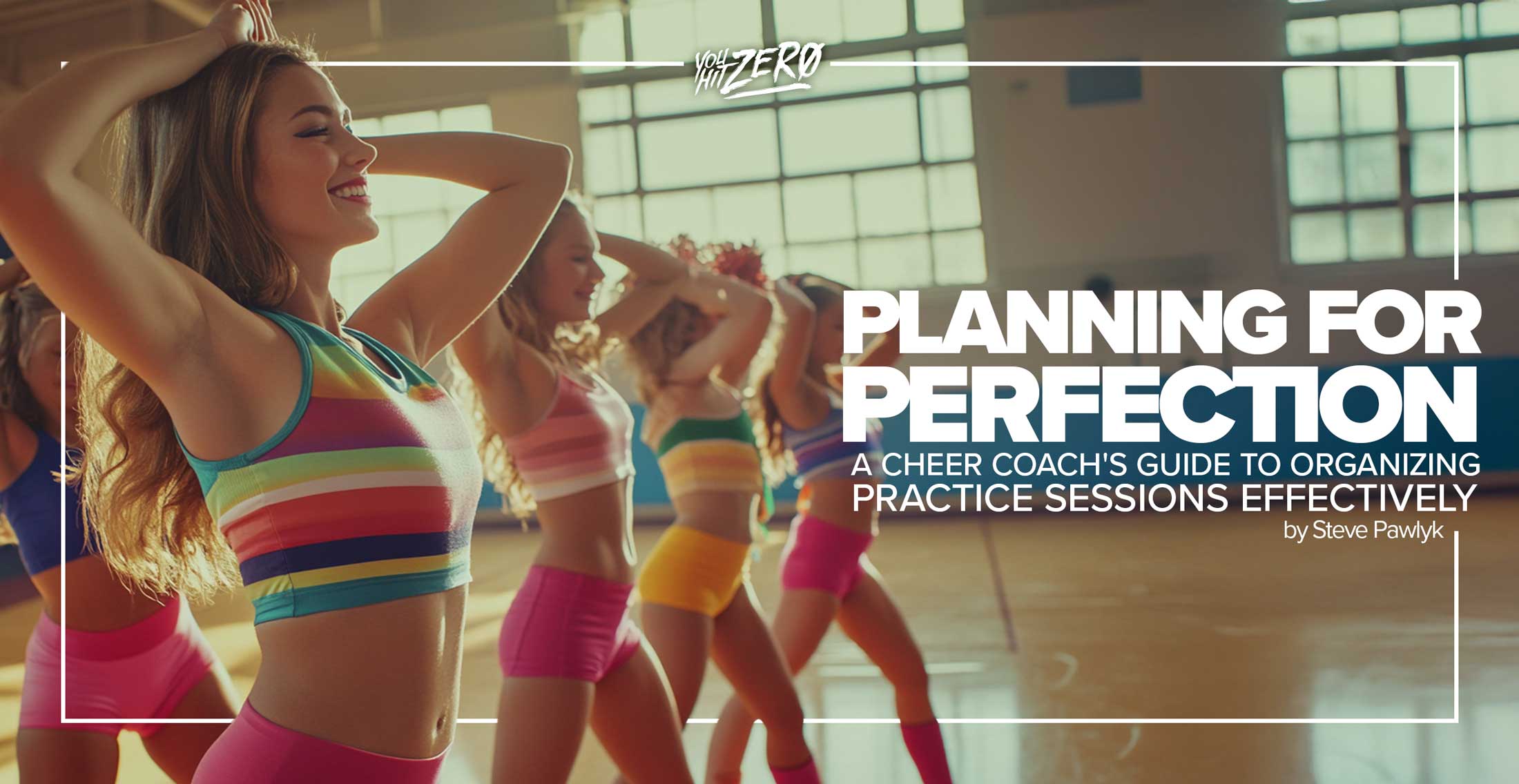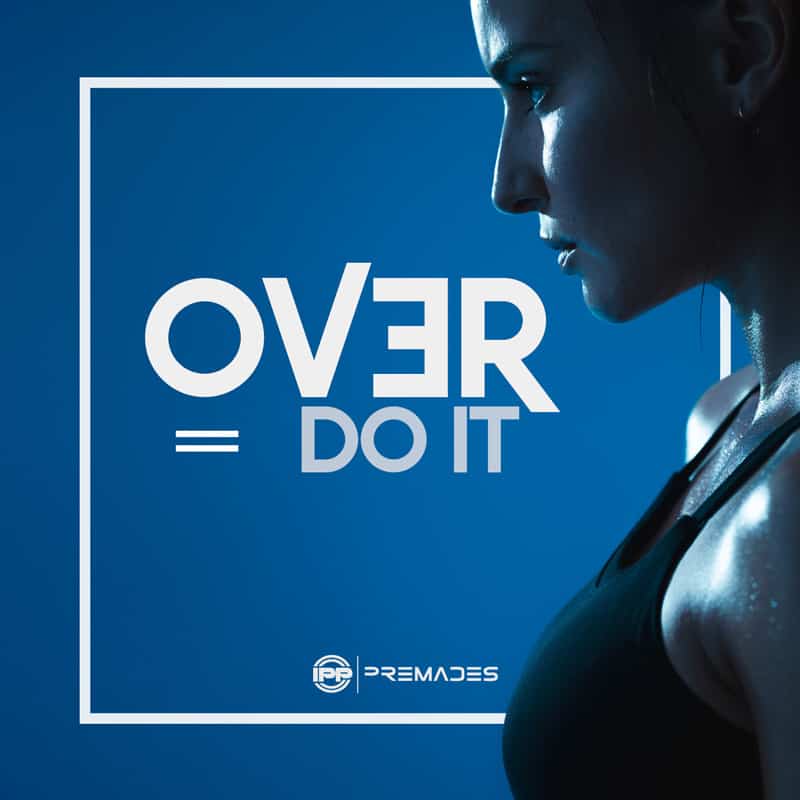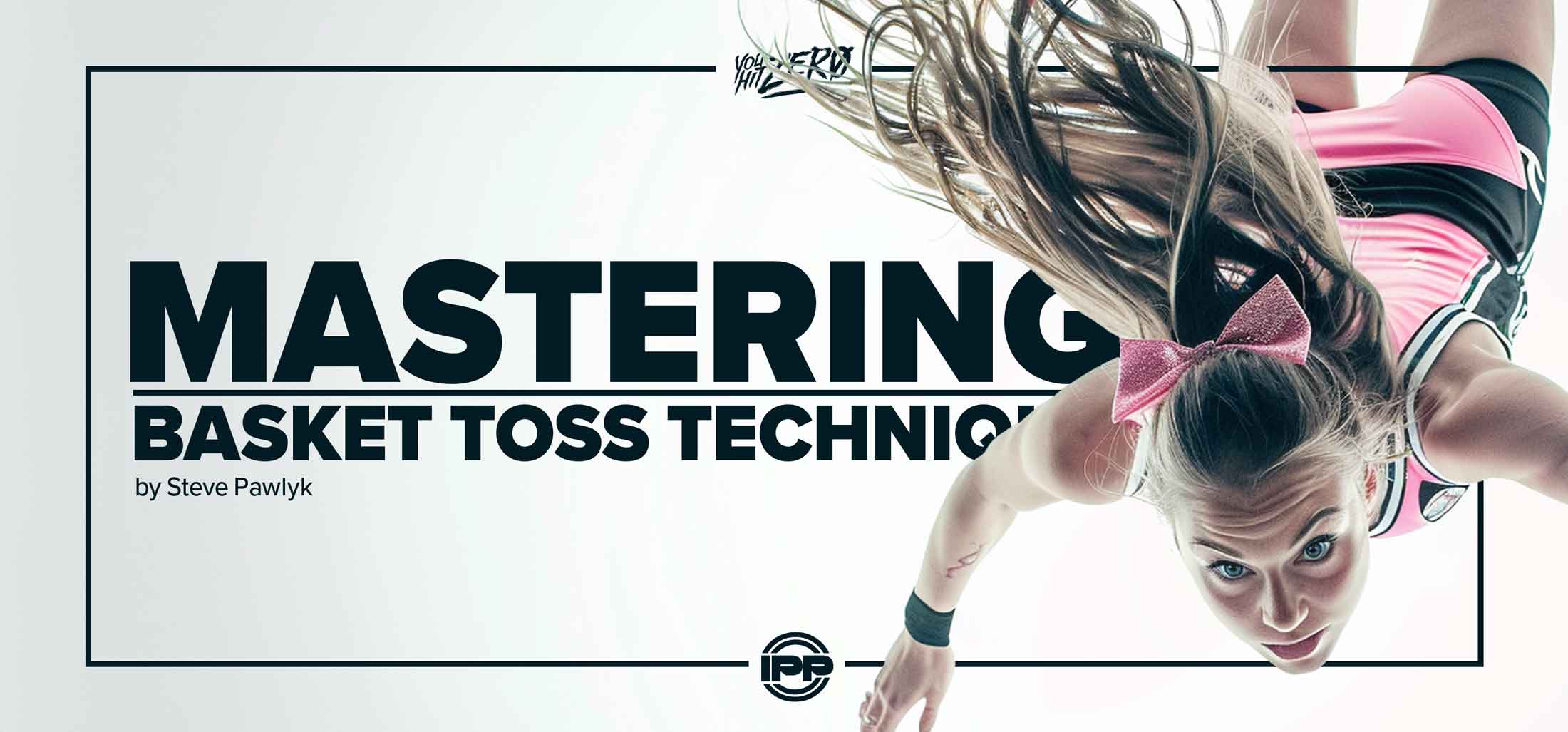By Steve Pawlyk
Published November 5, 2024
Organizing a productive cheer practice requires careful planning to ensure every minute is used to advance the team’s skills, conditioning, and confidence. With the right structure, coaches can help their teams not only perform at their best but also keep athletes motivated and engaged. Below is a step-by-step guide to planning an efficient cheer practice session from start to finish, complete with practical examples.
Step 1: Pre-Practice Preparation
Set Clear Objectives: Before practice even begins, define specific goals for the session. These can range from mastering a specific stunt sequence to improving synchronization in a dance routine. For example, if today’s focus is perfecting a pyramid, make that your main objective and communicate it to your athletes. Clarity ensures everyone is on the same page and working towards the same goal.
Create a Detailed Practice Plan: Write down the agenda and break the practice into blocks of time. Having a clear plan minimizes wasted time and helps you stay on track. Consider using a whiteboard or a shared document app (like Google Docs) that both coaches and athletes can access, ensuring everyone knows what to expect. Here’s an example:
- Warm-Up: 10 minutes
- Stretching and Conditioning: 15 minutes
- Tumbling Drills: 20 minutes
- Stunt Rehearsal: 30 minutes
- Routine Run-Throughs: 20 minutes
- Cool-Down: 5 minutes
Being flexible is also key—having a 2-3 minute buffer for each section will help adapt if needed.
Step 2: Start with Warm-Ups (10-15 minutes)
Dynamic Warm-Up: Start with a warm-up that not only prepares athletes physically but also keeps them engaged. Consider incorporating games like relay races or “Follow the Leader” to make it interactive and fun.
Example Warm-Up Routine:
- High Knees: 1 minute
- Butt Kicks: 1 minute
- Arm Circles and Swings: 1 minute
- Relay Race: 2 minutes
Adding these elements makes the warm-up less repetitive and helps build team spirit, which is essential for a strong group dynamic.
Step 3: Stretching and Conditioning (15 minutes)
Stretching: Flexibility is crucial in cheerleading. Utilize a progression approach to stretching:
- Beginner Stretch: Start with hamstring stretches while seated on the floor.
- Advanced Stretch: Move on to partner-assisted splits to push flexibility further.
Conditioning: Conditioning builds the strength needed for stunts and tumbling. To make conditioning more fun, turn it into a game. For instance, do “Last Athlete Standing” for wall sits, where athletes challenge each other to hold the wall sit as long as possible. Example conditioning exercises include:
- Progressive Planks: Start with regular planks, then progress to shoulder tap planks or one-arm planks.
- Wall Sits: Turn them into a friendly competition to motivate everyone.
Step 4: Skill Drills (20-30 minutes)
Tumbling Drills: Break down tumbling into manageable progressions and set up multiple stations. For example:
- Station 1: Spotted drills for back handsprings.
- Station 2: Flexibility practice using resistance bands.
- Station 3: Tumbling passes on mats.
Stunt Drills: Focus on the key components of each stunt. Break it down into entry, execution, and dismount:
- Entry Practice: Use colored markers on the floor to indicate where each base and flyer should stand, making entries quick and precise.
- Execution Practice: Ensure flyers hit sharp positions and bases maintain stability.
- Dismount Practice: Focus on cradle drills to develop timing and proper catching technique.
Rotating through stations keeps athletes engaged and helps minimize downtime.
Step 5: Routine Run-Throughs (20 minutes)
Sectional Practices: Instead of running the entire routine repeatedly, focus on breaking it into sections and practice each part separately. Start at half-speed, then progress to full speed to ensure every athlete understands the timing and flow.
Full Routine Run-Through: After sectional work, conduct a full routine run-through with music. Assign one athlete as the “spotlight” for each run-through, rotating this role to ensure everyone gets personalized feedback. Recording these run-throughs for later analysis helps athletes visualize where improvements are needed.
Step 6: Cool-Down (5-10 minutes)
Static Stretching: Use static stretches to relax muscles, prevent soreness, and improve flexibility. Hold each stretch for at least 30 seconds, focusing on key muscle groups used throughout practice.
Team Reflection: Use this time to reflect on the practice. Highlight successes, identify areas for improvement, and encourage athletes to share their thoughts. This helps build communication and keeps everyone motivated.
Step 7: Post-Practice Review
Coach’s Notes: After practice, jot down observations to tailor future sessions. For instance:
- Goal Achieved: The pyramid sequence was performed with clean transitions.
- Focus for Next Practice: Spend more time on tumbling synchronization and flyer body control during stunts.
Keeping these notes will help you adjust and create effective practices in the future.
Step 6: Cool-Down (5-10 minutes)
Static Stretching: Use static stretches to relax muscles, prevent soreness, and improve flexibility. Hold each stretch for at least 30 seconds, focusing on key muscle groups used throughout practice.
Team Reflection: Use this time to reflect on the practice. Highlight successes, identify areas for improvement, and encourage athletes to share their thoughts. This helps build communication and keeps everyone motivated.
Step 7: Post-Practice Review
Coach’s Notes: After practice, jot down observations to tailor future sessions. For instance:
- Goal Achieved: The pyramid sequence was performed with clean transitions.
- Focus for Next Practice: Spend more time on tumbling synchronization and flyer body control during stunts.
Keeping these notes will help you adjust and create effective practices in the future.
Practical Tips for Maximizing Practice Efficiency
- Use Timers: Keep a timer handy to stick to your schedule and maintain efficiency. Set a timer for each drill to prevent overspending time on one activity.
- Station Work: Set up stations for different drills—like tumbling, flexibility, and stunting—so that athletes can rotate every 10 minutes. This reduces waiting time and keeps everyone engaged.
- Assistant Coaches or Leaders: Utilize assistant coaches or experienced athletes as small group leaders. This allows for more individual attention and faster progression.
- Adapt Based on Energy Levels: If the team seems fatigued, spend more time on stretching or less intense skills to prevent injury and maintain morale.
Sample Practice Schedule
- 5:00 – 5:10 PM: Warm-Up (Dynamic stretches and cardio)
- 5:10 – 5:25 PM: Stretching and Conditioning (Static stretches, planks, wall sits)
- 5:25 – 5:55 PM: Skill Drills (Tumbling and Stunt Progressions)
- 5:55 – 6:15 PM: Routine Sectional Practice (Focus on transitions and timing)
- 6:15 – 6:35 PM: Full Routine Run-Through and Video Review
- 6:35 – 6:45 PM: Cool-Down and Team Reflection
Effective cheer practice planning is all about making sure each minute is used with purpose. By setting clear objectives, breaking down skills, utilizing drills, and ensuring proper pacing, coaches can help their athletes progress efficiently throughout the season. Remember that every practice builds towards competition day, so a well-structured practice plan can be the difference between a good routine and a great one. With the strategies above, your team will be ready to shine on the mat.
IPP's Premade Mixes are USA Cheer Compliant and customizable! Add Sound FX, swap songs, & more! Add your Team Name to the mix for only $10!











